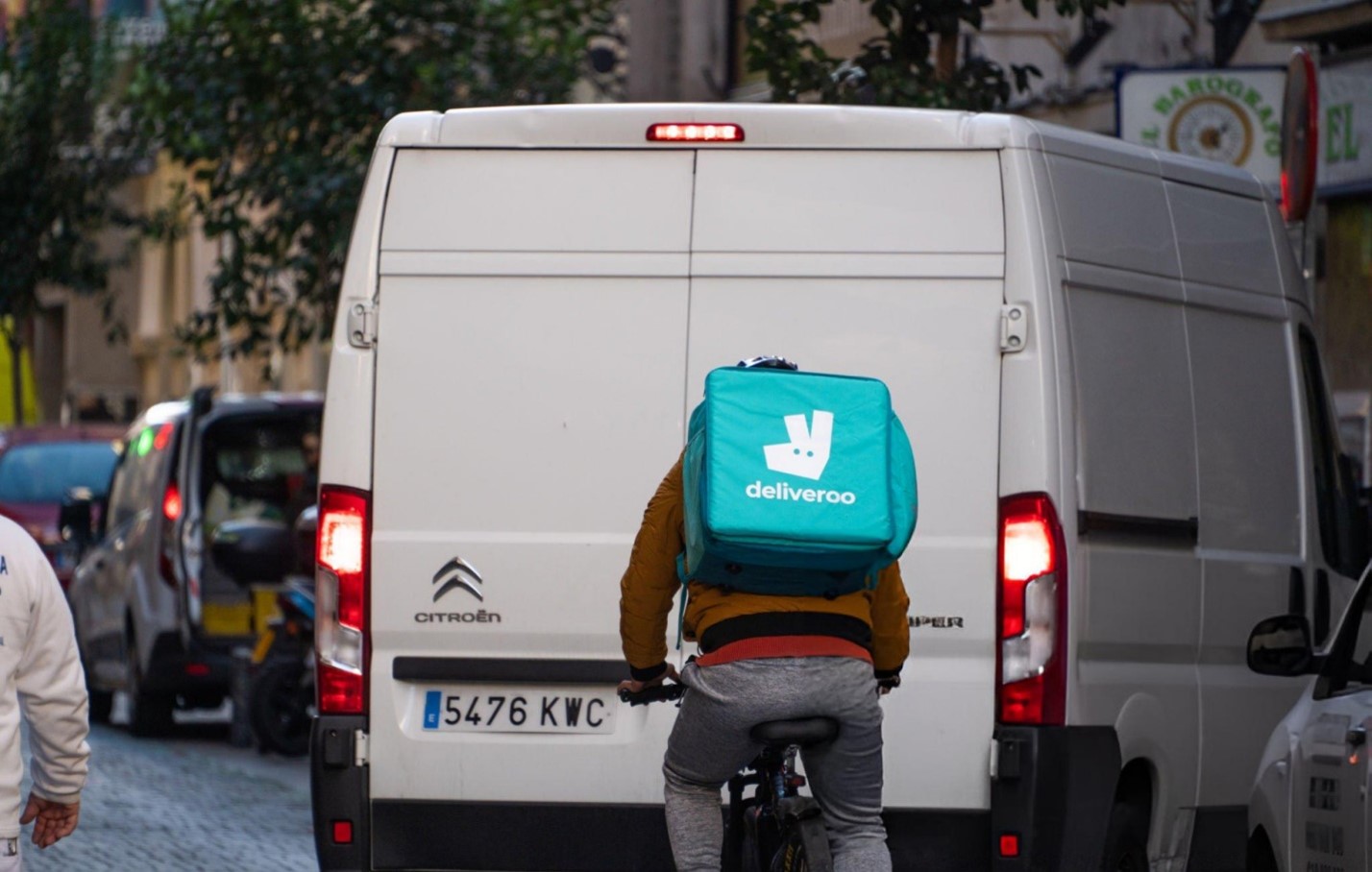Deliveroo has reported a boost in order growth in the first quarter of 2025, yet the food delivery giant continues to face challenges in expanding its UK customer base amid a difficult economic climate.
The London-based firm revealed that order growth rose by 7% in the first three months of the year, compared with 6% in the final quarter of 2024. Gross transaction value — which includes the total amount spent on food baskets and delivery fees — also climbed by 9% year-on-year, signalling that consumers are spending more per order even if overall user growth remains flat.
Deliveroo’s founder and chief executive, Will Shu, called the results a “strong start” to the year. He said: “We continue to have confidence in delivering our guidance for 2025 whilst, like many others, remaining mindful of the uncertain macroeconomic environment.”
Despite the upbeat tone, the company acknowledged that monthly average customers in the UK and Ireland remained stuck at around four million. This figure marked a slight dip from 4.1 million reported at the end of 2024 and was identical to customer levels recorded in the first quarter of 2023 — highlighting a continued struggle to attract new users in its home market.
The firm’s global performance offered a slightly more optimistic picture, with average monthly customers across all regions rising to seven million — a 4% increase compared to the same period last year.
The results arrive at a sensitive time for the delivery sector, which is grappling with a mix of subdued consumer confidence, tightening household budgets, and intensifying competition. Earlier this year, rival platform Just Eat Takeaway was snapped up by Dutch-based investment giant Prosus, a move that is expected to add further pressure on Deliveroo’s market share in key territories.
In response to market pressures, Deliveroo has taken steps to broaden its appeal. It has made a concerted push into non-food deliveries, partnering with high-street retailers including Ann Summers, The Perfume Shop and Not On The High Street. These partnerships are part of a wider strategy to reposition Deliveroo as a general convenience platform rather than a purely takeaway-focused service.
Additionally, the company exited the Hong Kong market earlier this year, as part of a realignment of its global operations aimed at focusing on more profitable regions. While the exit underscores the company’s more conservative growth outlook, it also frees up resources to invest in more promising markets and product areas.
Deliveroo’s move into grocery and convenience shopping has been seen as a necessary evolution in a saturated takeaway market. The shift aligns with broader consumer trends, with customers increasingly looking for same-day delivery options not only for food but also for everyday essentials and gifts.
Still, analysts note that until Deliveroo can reignite user growth in the UK — one of its most critical markets — its long-term growth trajectory may remain underwhelming. “The increase in order volume is promising,” said one industry analyst, “but maintaining momentum without growing your customer base is a delicate balance.”
With economic headwinds still blowing strong, particularly around consumer spending and inflation, the next few quarters will be crucial for Deliveroo. The firm will need to prove that its diversification strategy can sustain both revenue growth and renewed customer interest.
For now, it’s a mixed bag — growing orders, but stagnant users. Deliveroo’s challenge going forward will be converting higher spend per customer into a broader user base, all while navigating an increasingly crowded delivery landscape.






